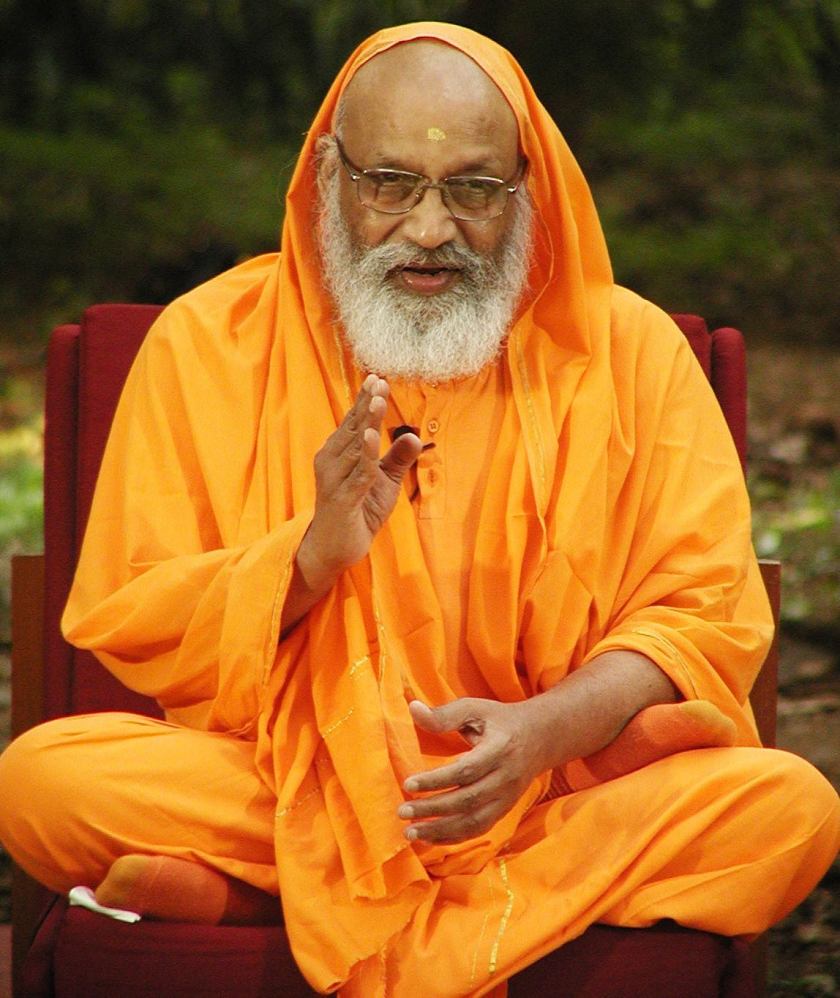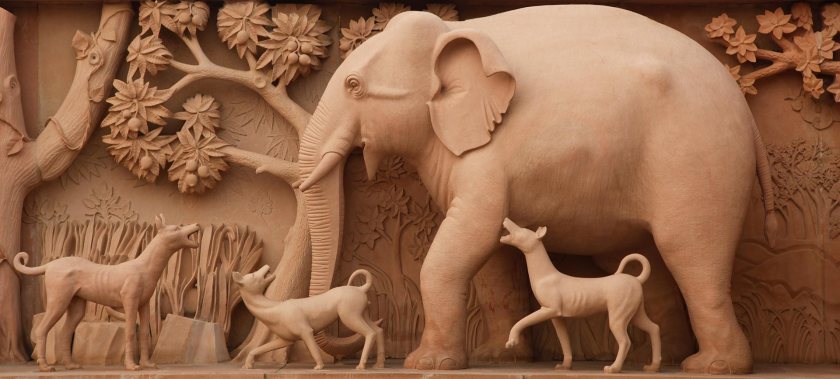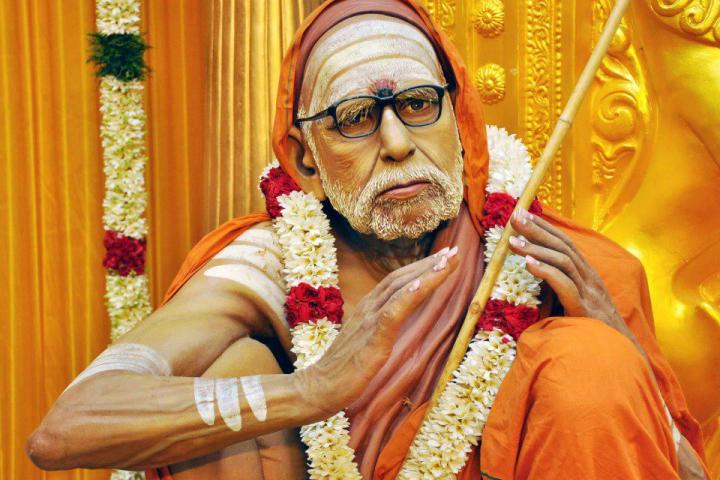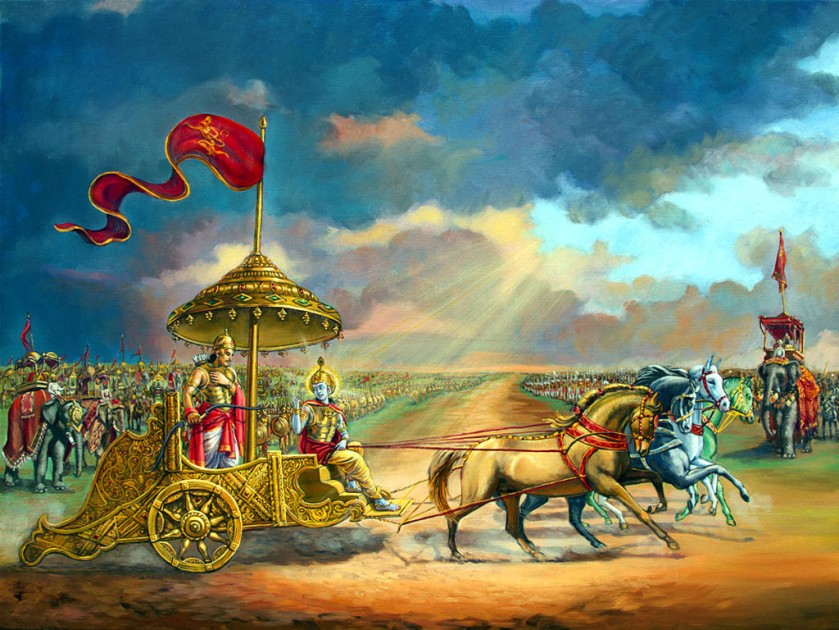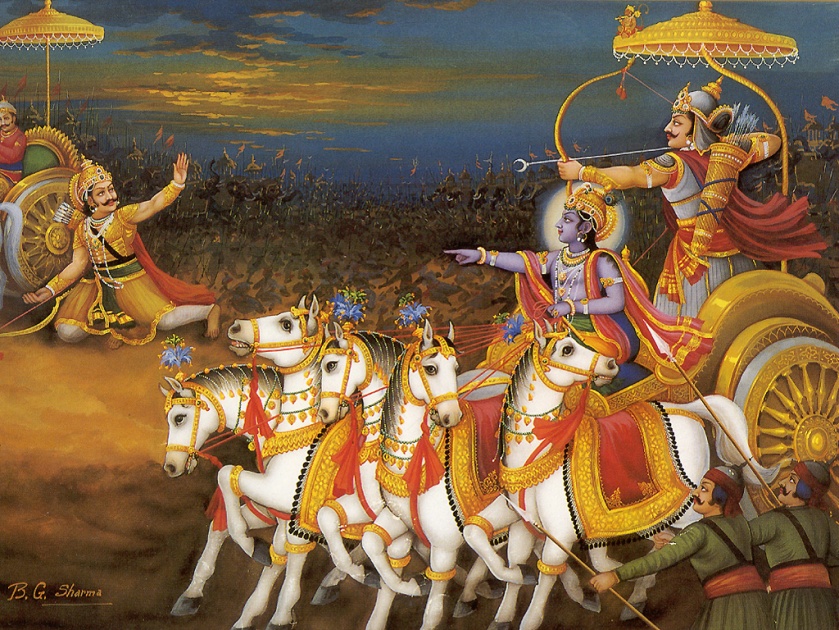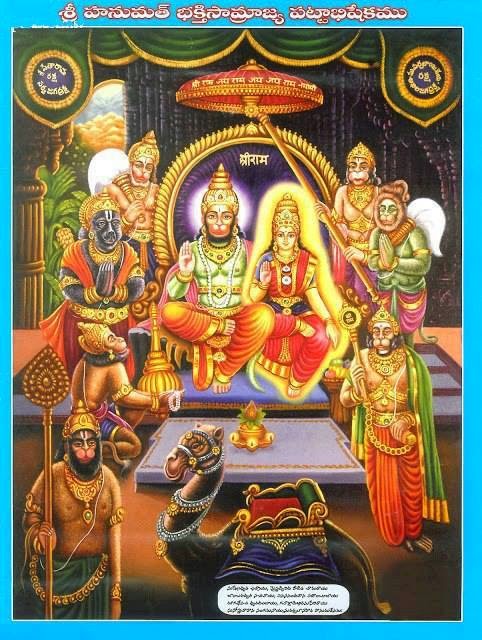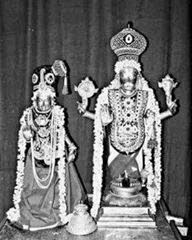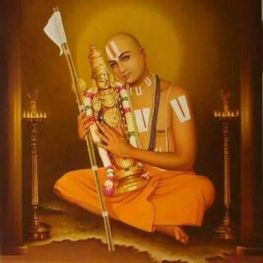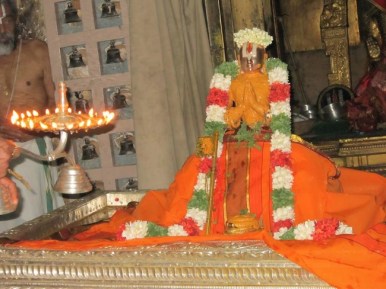காதச்யாம் து காத்வ்யம் ஸர்வேஷாம் போஜந த்வயம் |
கத்தோபவாஸ : ப்ரதம : ஸக்கதா ச்ரவணம் தத : ||
சகல ஜனங்களும் ஏகாதசியன்று சுத்த உபவாஸமிருக்க வேண்டும்; ஈஸ்வர மஹிமைகளைக் கேட்க வேண்டும்.
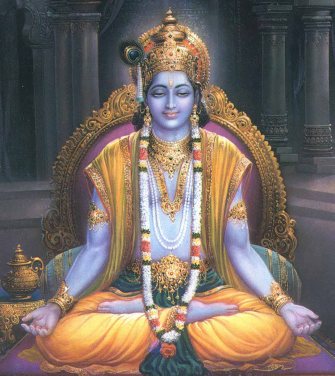
ஏகாதசி ஒவ்வொரு மாதத்திலும் 2 முறை வரும்.
ஒன்று கிருஷ்ண பக்ஷத்திலும் (தேய்பிறை),
மற்றொன்று சுக்லபக்ஷத்திலும்(வளர்பிறை) வரும்.
சுக்லபக்ஷம் என்பது அமாவாசையிலிருந்து பௌர்ணமிக்கு முனிதினம் வரை உள்ள 15 நாட்கள்.கிருஷ்ணபக்ஷம் என்பது பௌர்ணமியிலிருந்து அமாவாசைக்கு முன்தினம் வரையிலான 15 நாட்கள்.
24 மணி நேரம் கொண்ட ஒரு நாளுக்கு திதி என்று பெயர்.அமாவாசை அல்லது பௌர்ணமிக்கு பிறகு வரும் முதல் நாள் ,இரண்டாம் நாள் என பதினைந்து நாட்கள் வரை உள்ள தினங்கள் ஸம்ஸ்க்ருதத்தில் கீழ்க்கண்டவாறு அழைக்கப்படுகின்றன.
1.பிரதமை
2.துவிதீயை
3.திருதீயை
4.சதுர்த்தி
5.பஞ்சமி
6.ஷஷ்டி
7.ஸப்தமி
8.அஷ்டமி
9.நவமி
10.தசமி
11.ஏகாதசி
12.துவாதசி
13.திரயோதசி
14.சதுர்தசி
15.அமாவாசை அல்லது பௌர்ணமி
ஏகாதசி மாதம் இருமுறை என்ற கணக்கில் பன்னிரண்டு மாதங்கள் கொண்ட வருடம் ஒன்றுக்கு 24 முறை வரும். எனினும் வருடத்திற்கு 365 நாட்கள் இருப்பதால் 24 ஏகாதசிகள் கழிந்த பின் சில நாட்கள் எஞ்சி நிற்கும்.இதனால் சில வருடங்களில் 25 ஏகாதசிகள் வரும்.பத்ம புராணத்தில் உத்தரகாண்டத்தில் 25 முறை வரும் ஏகாதசி உபவாசத்திற்கும் தனித்தனி பெயர் சொல்லி அதை அனுஷ்டிக்க வேண்டிய முறை அதனால் பிரயோஜனமடைந்தவர்கள் விபரம் ஆகியவற்றை விளக்கமாகக் கூறியிருக்கிறது.ஏகாதசியின் பெயர்கள் மற்றும் அவைகள் வரும் மாதங்களும் கீழே கொடுக்கப்பட்டுள்ளன.
1.மார்கழி மாத கிருஷ்ணபக்ஷ ஏகாதசி – உத்பத்தி ஏகாதசி
2.மார்கழி மாத சுக்லபக்ஷ ஏகாதசி – வைகுண்ட ஏகாதசி (மோக்ஷ ஏகாதசி)
மனிதர்களின் ஓராண்டு தேவர்களுக்கு ஒரு நாள் ஆகும். அதன்படி மார்கழி மாதம் தேவர்களுக்கு விடியற்காலை நேரம் ஆகும். இம்மாதம் மகாவிஷ்ணு அறிதுயிலில் இருந்து விழித்தெழும் மாதம். ஆகவே தான் இந்த மாதத்தில் வரும் தேய்பிறை ஏகாதசி உத்பத்தி ஏகாதசி எனப்படுகிறது.
3.தை மாத கிருஷ்ண பக்ஷ ஏகாதசி – ஸபலா ஏகாதசி
4.தை மாத சுக்லபக்ஷ ஏகாதசி – புத்ரதா ஏகாதசி
இவ்விரு ஏகாதசிகளில் விரதம் இருந்தால் புத்திர பாக்கியம், ஒளிமயமான வாழ்வு அமையும்.
5.மாசி மாத கிருஷ்ண பக்ஷ ஏகாதசி – ஷட்திலா ஏகாதசி (மோக்ஷ ஏகாதசி)
6.மாசி மாத சுக்லபக்ஷ ஏகாதசி – ஜயா ஏகாதசி
இவ்விரு ஏகாதசிகளில் விரதம் இருப்பவர்கள் மூதாதையர்களில் முக்திக்கான வழியை பெறுவார்கள்.
7.பங்குனி மாத கிருஷ்ண பக்ஷ ஏகாதசி – விஜயா ஏகாதசி (மோக்ஷ ஏகாதசி)
இந்த நாளில் 7 வகையான தானியங்களை ஒன்றின் மேல் ஒன்றாக அடுக்கு முறையில் கலசத்தில் வைத்து மஹா விஷ்ணுவை பிரார்த்தித்தால் கடல் கடந்து சென்று வெற்றி பெறுவீர்.
8.பங்குனி மாத சுக்லபக்ஷ ஏகாதசி – ஆமலகி ஏகாதசி
இந்த ஏகாதசியில் விரதம் இருப்பவர்களுக்கு ஆயிரம் பசுதானம் செய்த பலன் கிடைக்கும்.
9.சித்திரை மாத கிருஷ்ண பக்ஷ ஏகாதசி – பாபமோசனிகா ஏகாதசி
இந்த ஏகாதசியில் விரதம் இருப்பவர்களுக்கு நல்ல பேற்றினை ஏற்படுத்தும். துரோகிகள் விலகுவர்.
10.சித்திரை மாத சுக்லபக்ஷ ஏகாதசி – காமதா ஏகாதசி
இந்த ஏகாதசியில் விரதம் இருப்பவர்களுக்கு நமது விருப்பத்தை பூர்த்தி செய்யும் மேன்மை உண்டாகும். திருமண யோகம் தரும்.
11.வைகாசி மாத கிருஷ்ண பக்ஷ ஏகாதசி – வரூதினி ஏகாதசி
இந்த ஏகாதசியில் விரதம் இருப்பவர்களுக்கு உடல் ஆரோக்கியம் தரும். சவுபாக்யம் எனும் அனைத்தும் கிடைக்கும்.
12.வைகாசி மாத சுக்லபக்ஷ ஏகாதசி – மோஹினி ஏகாதசி
இந்த ஏகாதசியில் விரதம் இருப்பவர்களுக்கு உடல் சோர்வு நீக்கும். பெண்களுக்கு உதிரப்போக்கை கட்டுப்படுத்தும். ரத்த சோகை அகலும். வளர்ச்சிக்காக காணும் கனவுகள் (சிந்தனைகள்) வெற்றிபெறும்.
13.ஆனி மாத கிருஷ்ண பக்ஷ ஏகாதசி – அபரா ஏகாதசி
இந்நாளில் மகாவிஷ்ணுவின் திரி விக்கிரமப் பிரதிமையை பூஜை செய்தால் ஸ்ரீகேதாரிநாத், பத்ரிநாத் யாத்திரை சென்ற பலனும், கயாவில் தர்ப்பண்ம் செய்த பலனும், பிராயாகையில் புண்ணிய ஸ்நானம் செய்த பலனும் சிவராத்திரி விரத பூஜை பலனும் ஒருங்கே செய்த பலன் கிடைக்கும்.
14.ஆனி மாத சுக்லபக்ஷ ஏகாதசி – நிர்ஜலா ஏகாதசி
பீம ஏகாதசி என்றும் அழைக்கப்படுகிறது. பீமபூஜை என்பதே ஆழ்மனதில் இறைவனை இருத்தி பூஜை செய்வது ஆகும். எனவே இந்த நாளில் உளப்பூர்வமாக பீமனையும் இணைத்து வழிபாடு செய்தால் வாழ்க்கையில் அனைத்து வெற்றியும் கிட்டும். வருடம் முழுவதும் உள்ள ஏகாதசி விரத பலன் கிடைக்கும். ஏனெனில் பீமன்வாயு அம்சம்.
15.ஆடி மாத கிருஷ்ண பக்ஷ ஏகாதசி – யோகினி ஏகாதசி
இந்நாளில் வெண்கலம் அல்லது பித்தளை விளக்கு வசதி உள்ளவர்கள் வெள்ளி விளக்கு தானம் செய்ய கனவிலும் நினைக்காத கற்பனைக் கெட்டாத வாழ்க்கை அமையும்.
16.ஆடி மாத சுக்லபக்ஷ ஏகாதசி – சயன ஏகாதசி (ஸ்ரீ மஹா விஷ்ணு சயனிக்கும் நாள்)
இந்த ஏகாதசியில் விரதம் இருந்தால் இஷ்ட நற்சக்திகளை தர வல்லது. முன்னோர்களின் ஆசியையும், அவர்களது எதிர்பார்ப்புகளை நம் மூலம் செயல்படுத்தி நம்மை வெற்றியாளராக்குவது ஆகும். ஏழைகளுக்கு வஸ்திரதானம் செய்வதால் குடும்ப ஒற்றுமை ஓங்கும்.
17.ஆவணி மாத கிருஷ்ண பக்ஷ ஏகாதசி – காமிகா ஏகாதசி
இந்நாளில் விரதம் இருந்து தனி துளசியால் மஹா விஷ்ணுவை அர்ச்சித்து வழிபாடு செய்ய சொர்ணம் வீட்டில் தங்கும் (தங்கம் நம் வீட்டில் தங்கும்). வீட்டில் பூஜை முடித்த பின் ஆலயம் சென்று ஐந்து நெய்தீபம் ஏற்றி வழிபாடு செய்தால் மன பயம் அகலும், மரண பயம் அகலும், கொடிய துன்பம் விலகும். ஆவணி மாத ஏகாதசி விரதம் இருப்பவர்கள் பழங்கள் மட்டுமே உண்டு விரதம் கடைபிடிக்க வேண்டும். காய்கறிகள் பயன்படுத்தக்கூடாது.
18.ஆவணி மாத சுக்லபக்ஷ ஏகாதசி – புத்ரதா ஏகாதசி
இந்த ஏகாதசியில் விரதம் இருந்தால் குழந்தைகள் கல்வியில் சிறக்கவும் விரும்பிய மேல்படிப்பு அமையவும், சிறந்த மாணவ- மாணவிகளாக திகழவும் செய்வார்கள்.
19.புரட்டாசி மாத கிருஷ்ண பக்ஷ ஏகாதசி – அஜா ஏகாதசி
அரிச்சந்திரன் இந்த நாளில் விரதம் இருந்து இழந்த நாட்டையும், மனைவி மக்களையும் பெற்று பல்லாண்டுஅரசு செய்தான். எனவே, நாமும் இவ்விரத நாளில் விரதம் கடை பிடித்தால் குடும்பத்துடன் ஆனந்தமாக இருப்போம். புரட்டாசி மாத ஏகாதசி விரத நாளில் கண்டிப்பாக தயிர் உபயோகிக்கக் கூடாது (சேர்க்கக்கூடாது).
20.புரட்டாசி மாத சுக்லபக்ஷ ஏகாதசி – பத்மநாப ஏகாதசி
இந்த நாளில் விரதம் இருப்பதன் மூலம் இந்திரனும், வருணனும் இணைந்து வரம் தருவார்கள். நமது வீட்டு கிணறு, ஆழ்குழாய்களில் தண்ணீர் வற்றாமல் பெருக்கெடுக்கும். ஊருக்கும் தண்ணீர் பஞ்சம் வராது.
21.ஐப்பசி மாத கிருஷ்ண பக்ஷ ஏகாதசி – இந்த்ர ஏகாதசி
இந்நாளில் விரதம் இருந்து மூதாதயருக்கு சிரார்த்தம் செய்தால் அவர்கள் இந்திர வாழ்வு வைகுண்டத்தில் பெறுவதால் நம்மையும் மனங்குளிர இறைவன் வைக்க வேண்டுமென அருகில் உள்ள பகவானிடம் பரிந்துரை செய்வார்கள். ஐப்பசி மாத ஏகாதசி நாளில் பால் சாப்பிடக் கூடாது.
22.ஐப்பசி மாத சுக்லபக்ஷ ஏகாதசி – பாபாங்குசா ஏகாதசி
இவ்விரு ஐப்பசி ஏகாதசியில் விரதம் இருப்பதால் வறுமை ஒழியும். நோய் அகலும்,பசியின்மை நீங்கும். நிம்மதி நிலைக்கும். தீர்த்த யாத்திரை சென்ற புண்ணியம் கிடைக்கும்.
23.கார்த்திகை மாத கிருஷ்ண பக்ஷ ஏகாதசி – ரமா ஏகாதசி
இந்த ஏகாதசியில் இறைவனுக்கு பழங்களை கொண்டு நைவேத்தியம் செய்தால் மங்கள வாழ்வு கிடைக்கும்
24.கார்த்திகை மாத சுக்லபக்ஷ ஏகாதசி – பிரபோதினி ஏகாதசி
இந்த ஏகாதசியில் விரதம் இருந்தால் இருபத்தியோரு தானம் செய்ததற்கான பலன் கிடைக்கும்.
25. கமலா ஏகாதசி
ஆண்டில் கூடுதலாக வரும் ஏகாதசி கமலா ஏகாதசி எனப்படும்.அன்றைய தினம் விரதமிருந்து மகாலட்சுமியை வழிபடுவது மிகவும் சிறப்பு வாய்ந்தது. மேலும் திருமணம் ஆகாதவர்களுக்கு மிகவும் உகந்தது இந்த கமலா ஏகாதசி விரதம் ஆகும்.
வாசக தோஷ: க்ஷந்தவ்ய:
You might also like : Ekadashi Fasting & Significance
